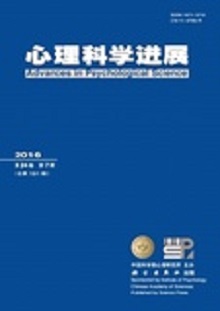Early research on power has provided considerable evidence for the negative effects of power on prosocial behavior and its internal mechanisms. Although an increasing number of studies have attempted to test the positive effects of power on prosocial behavior, the mechanism of this positive effect is still not clear. By reviewing and integrating the relevant literature, sense of responsibility has been identified as a critical mediator in this positive effect. In addition, individuals with high levels of power may increase their sense of responsibility because of different reasons. Given the individual's own needs, relationships with others as well as organization, we systematically figure out that need for power maintenance, perception of dependency, and organizational identification would lead to high levels of responsibility, which then triggers powerful individuals to conduct more prosocial behaviors. Moreover, we also identified potential moderators at individual level, interpersonal level, and organizational level. Future research could focus on how power results in increased sense of responsibility from various ways including exploring this relationship in Chinese culture, adopting multiple research designs beyond experimental studies, as well as manipulating interventions for helping powerful individuals increase their levels of sense of responsibility.




